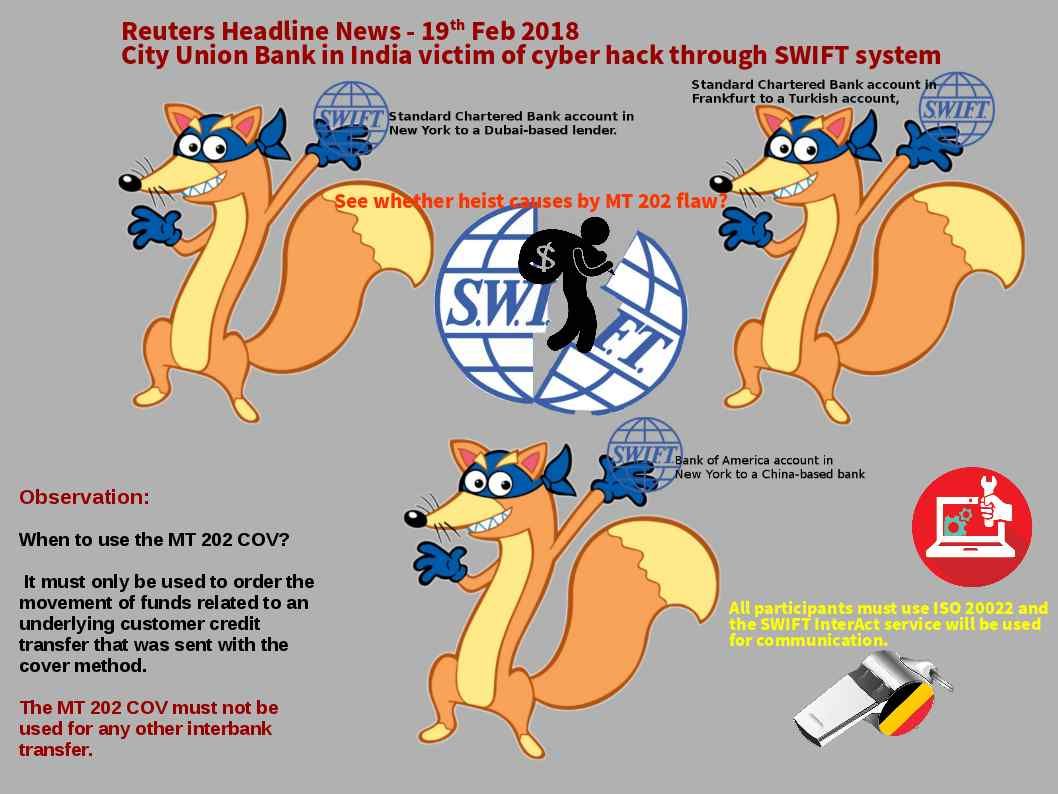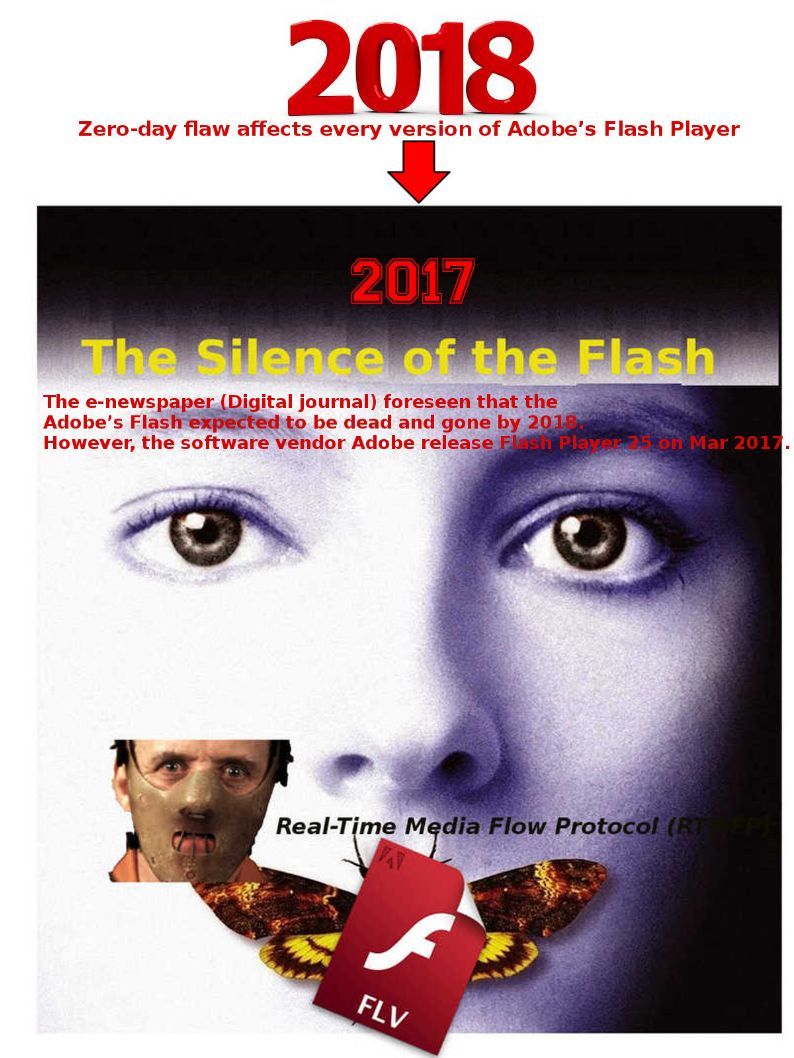
Special Edition: Information security focus
US Homeland security (DHS) urge the world to staying alert with HIDDEN COBRA Malicious Cyber Activity. It looks that the cyber attack wreak havoc to the world. And therefore DHS suggest to add below Yara rule into your IDS or malware detector (For instance RSA ECAT).
The following YARA rule may be used to detect the proxy tools:
rule NK_SSL_PROXY{
meta:
Author = "US-CERT Code Analysis Team"
Date = "2018/01/09"
MD5_1 = "C6F78AD187C365D117CACBEE140F6230"
MD5_2 = "C01DC42F65ACAF1C917C0CC29BA63ADC"
Info= "Detects NK SSL PROXY"
strings:
$s0 = {8B4C24088A140880F24780C228881408403BC67CEF5E}
$s1 = {568B74240C33C085F67E158B4C24088A140880EA2880F247881408403BC67CEF5E}
$s2 = {4775401F713435747975366867766869375E2524736466}
$s3 = {67686667686A75797566676467667472}
$s4 = {6D2A5E265E676866676534776572}
$s5 = {3171617A5853444332337765}
$s6 = "ghfghjuyufgdgftr"
$s7 = "q45tyu6hgvhi7^%$sdf"
$s8 = "m*^&^ghfge4wer"
condition:
($s0 and $s1 and $s2 and $s3 and $s4 and $s5) or ($s6 and $s7 and $s8)
}
There are total 2 items of malware would like to draw your considerations.
- Trojan: HARDRAIN (Backdoor – Remote Access Tool)
- Trojan: BADCALL (data thief and surveillance)
In order to avoid unforeseen data breach happens to enterprise firm and personal data privacy protection. We better to consider the suggestion by DHS.
- Maintain up-to-date antivirus signatures and engines.
- Restrict users’ ability (permissions) to run unwanted software applications
- Enforce a strong password policy and
- implement regular password changes.
- Exercise caution when opening e-mail attachments even if the attachment is expected and the sender appears to be known.
- Keep operating system patches up-to-date.
- Enable a personal firewall on agency workstations.
- Disable unnecessary services on agency workstations and servers.
- Scan for and remove suspicious e-mail attachments; ensure the scanned attachment is its “true file type” (i.e., the extension matches the file header).
- Monitor users’ web browsing habits; restrict access to sites with unfavorable content.
- Exercise caution when using removable media (e.g.,
- USB thumbdrives, external drives, CDs, etc.).
- Scan all software downloaded from the Internet prior to executing.
- Maintain situational awareness of the latest threats; implement appropriate ACLs.
Threat actor transform Vehicle GSM GPRS GPS Tracker Car Vehicle Tracking Locator technology
Since the mobile phone usage volume bigger than personal computer today. Perhaps digital e-wallet function and BYOD concept let people keep their confidential data on mobile phone. And therefore it lure the hacker focusing the mobile phone device especially Android. This round hacker relies on GRPS TCP/UDP connection (see below diagram for reference) create Trojan (BADCALL) to listen for incoming connections to a compromised Android device, on port 60000. Meanwhile it awaken the security concern on GPRS gateway.

Since this is a special edition of article so we summarize the technical details as below:
Trojan: HARDRAIN
- 32-bit Windows executables that function as Proxy servers and implement a “Fake TLS” infiltration function. The hash shown as below:
3dae0dc356c2b217a452b477c4b1db06 (3DAE0DC356C2B217A452B477C4B1DB06)
746cfecfd348b0751ce36c8f504d2c76 (746CFECFD348B0751CE36C8F504D2C76)
- Executable Linkable Format (ELF) file designed to run on Android platforms as a fully functioning Remote Access Tool (RAT). The hash shown as below:
9ce9a0b3876aacbf0e8023c97fd0a21d (9CE9A0B3876AACBF0E8023C97FD0A21D)
DHS report for reference:
https://www.us-cert.gov/sites/default/files/publications/MAR-10135536-F.pdf
Trojan: BADCALL (data thief and surveillance)
- 32-bit Windows executables that function as Proxy servers and implement a “Fake TLS” infiltration function. The hash shown as below:
c01dc42f65acaf1c917c0cc29ba63adc (C01DC42F65ACAF1C917C0CC29BA63ADC)
c6f78ad187c365d117cacbee140f6230 (C6F78AD187C365D117CACBEE140F6230)
- run on Android platforms as a fully functioning Remote Access Tool (RAT). The hash shown as below:
d93b6a5c04d392fc8ed30375be17beb4 (D93B6A5C04D392FC8ED30375BE17BEB4)
DHS report for reference:
https://www.us-cert.gov/sites/default/files/publications/MAR-10135536-G.PDF
End discussion, thak you for your attention.
Happy valentines day.












